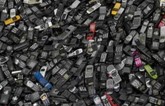 Landfilled Cellphones
Landfilled Cellphones | It is estimated that the US now dumps between 300 million and 400 million electronic items per year, and less than 20% of that e-waste is recycled. Even more concerning is that E-waste represents 2% of America's trash in landfills, but it equals 70% of overall toxic waste. The extreme amount of lead in electronics if allowed to degrade into the ground or leach into groundwater can cause damage in humans to the central and peripheral nervous systems, the blood and the kidneys. But lead can also be extracted from a device and reused. Other commodities that can be extracted from electronic equipment and reused as valuable raw material in the manufacture of new products are steel, aluminum, gold, silver, titanium, copper, nickel, plastic, and glass. It only makes sense to recycle electronics: extract all reusable materials saving money, and making certain that toxins are being properly handled and reused or disposed, saving our planet. Electronics recyclers provide comprehensive recycling operations. Businesses usually have large amounts of e-waste that may require secure data destruction. There are both for-profit organizations who may pay for them, and non-profits such as ARC Broward, that will provide you with secure hard-drive and data destruction as well as a receipt for a tax deduction. Individuals can get paid to recycle electronics and keep them out of landfills too. Instead of tossing your gadgets in a landfill when you’re finished with them, get paid to recycle them by using services like getpaid2recycle.com, buymytronics.com, and gazelle.com. E-recyclers will recycle or refurbish your electronics, keeping them out of landfills and paying you cash. Different recyclers take different types of products, so make certain you do your research on-line to see which recycler is willing to give you the best price. And please, whatever you do, make certain your recycling company of choice is certified by R-2, ISO, or another reputable third party verifier, insuring the organization is truly disposing of your e-waste properly. And there you have it: one simple way you can reduce your clutter and make a few bucks on in the process, almost hassle free! |
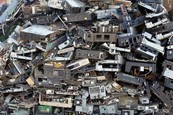
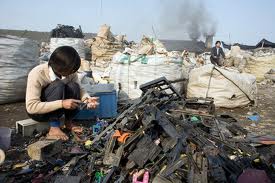
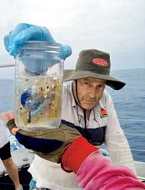
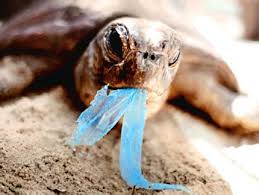

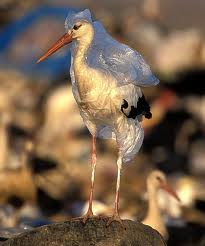
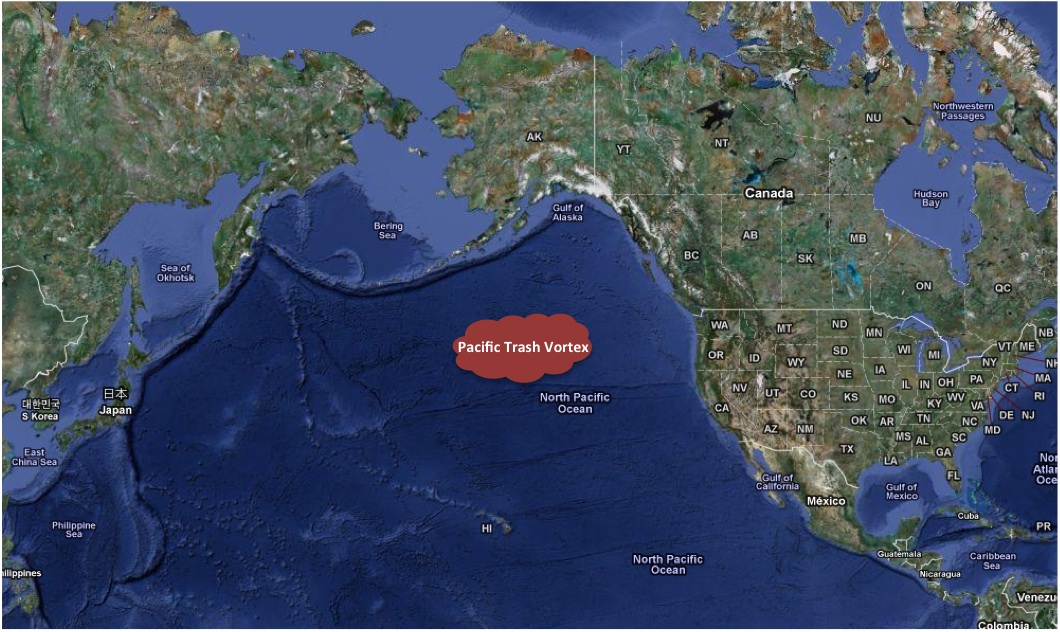


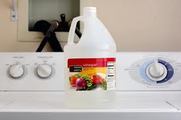
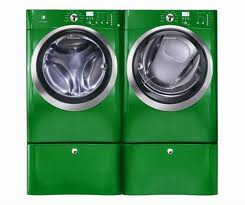
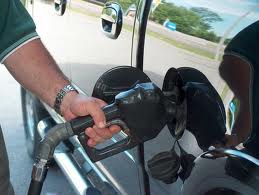


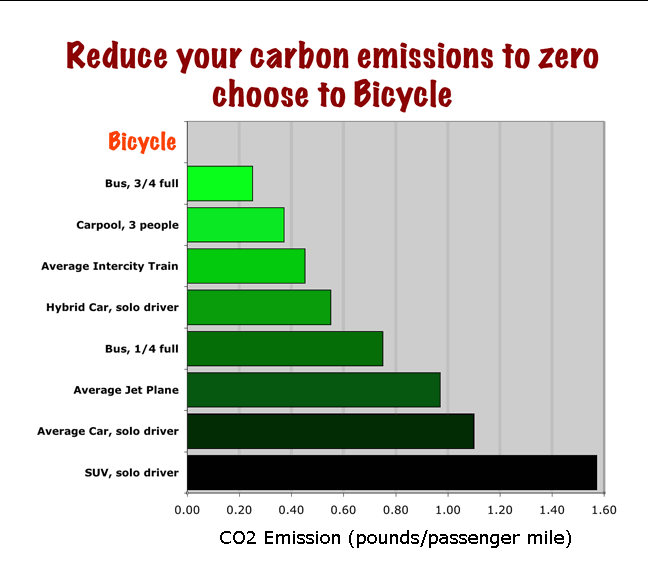
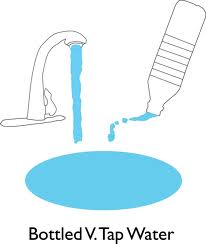
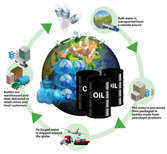
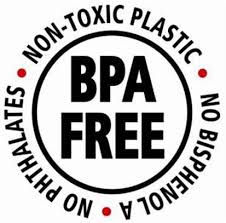
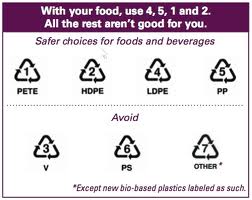

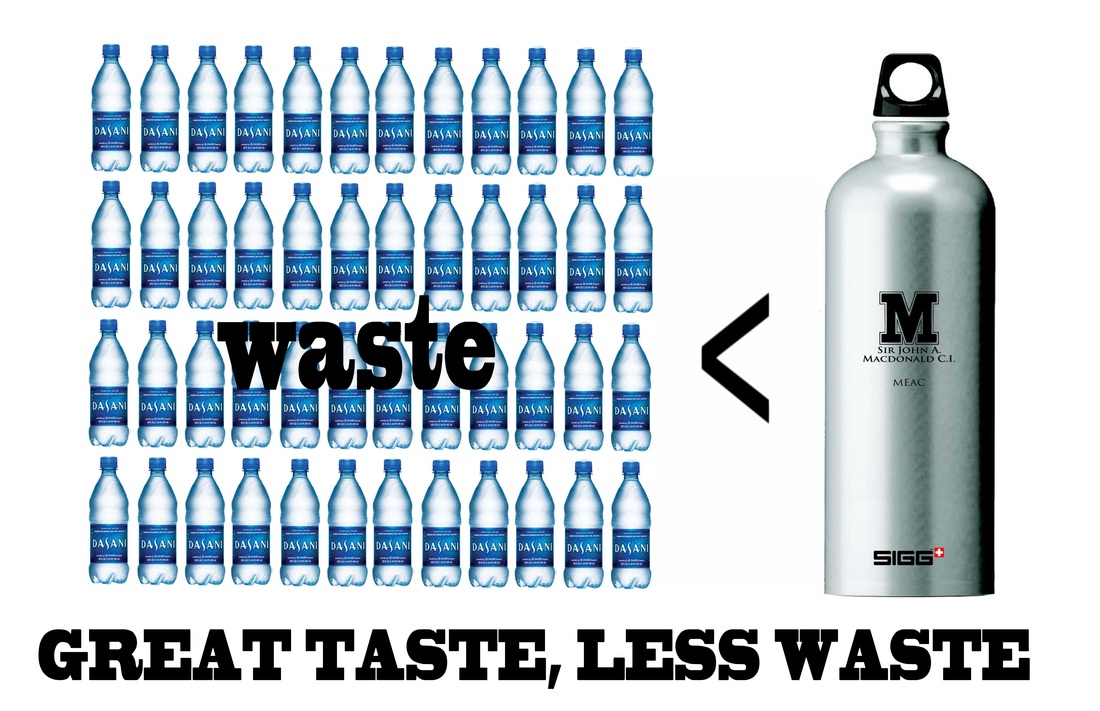
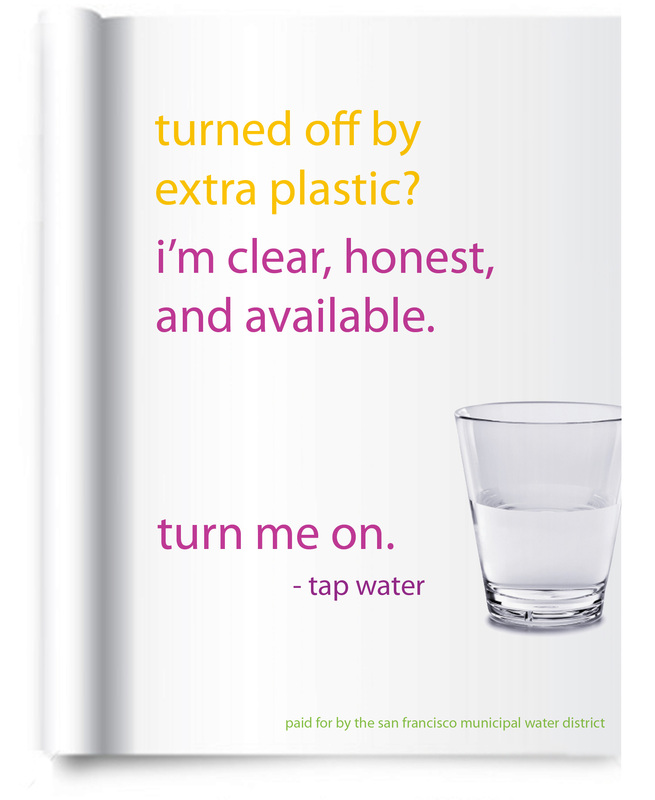
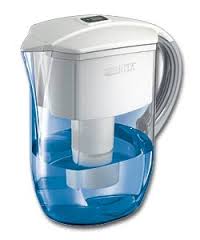
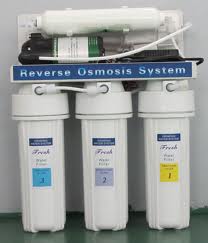
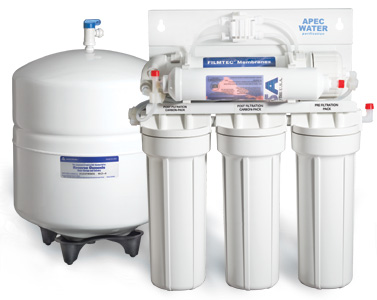






 RSS Feed
RSS Feed
